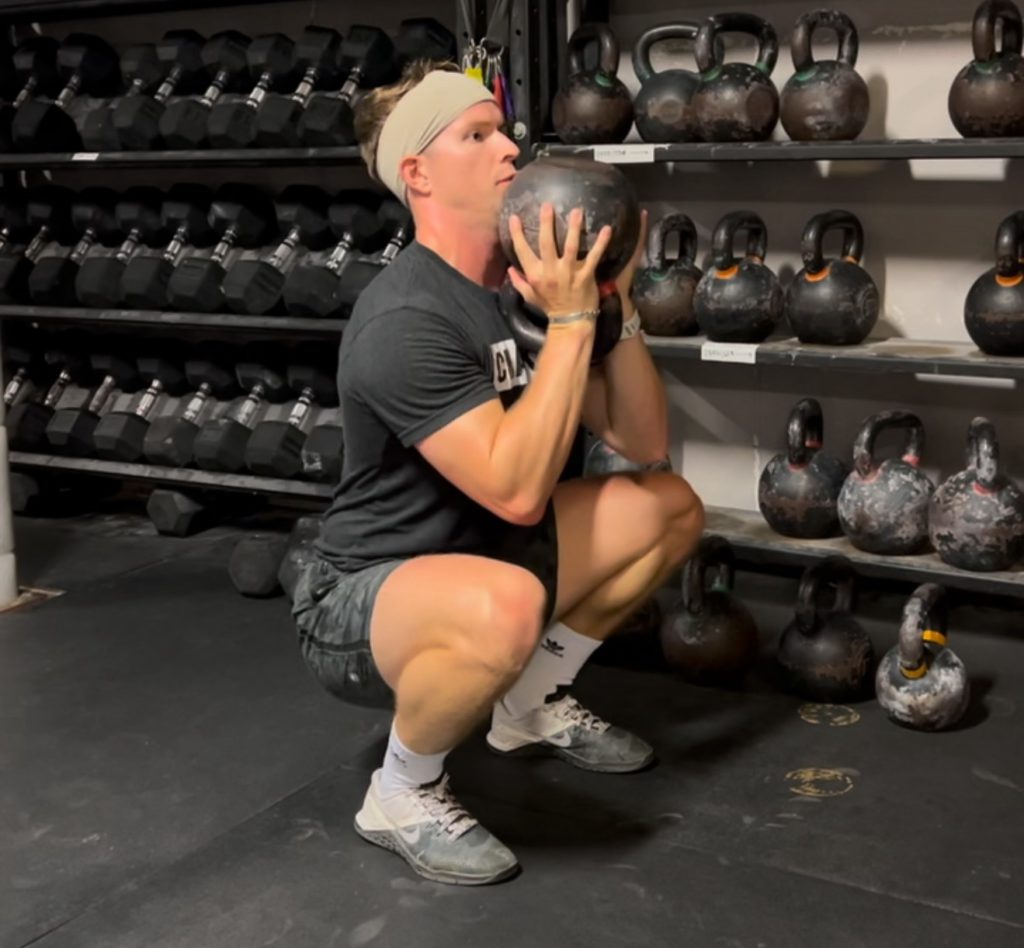As a coach, I’ve always believed that people need to spend more time training and less time testing. Progress comes from consistent effort, not from constantly chasing numbers in the gym. That said, strategic testing at the right times can be a valuable tool in any strength and conditioning program. When done correctly, testing provides insight into progress, highlights areas for improvement, and helps guide future training decisions.
When Should You Test?
The frequency of testing depends on your goals, training experience, and the structure of your program. For most individuals, testing 2-4 times per year is ideal. This allows enough time between tests to make meaningful progress while ensuring you’re staying on track.
Ideal Testing Frequency Based on Goals:
• General Strength & Fitness: Every 12-16 weeks to assess progress without disrupting training.
• Athletes with Seasonal Schedules: Before and after the competitive season to measure gains and losses.
• Competitive Strength Athletes (Powerlifters, Weightlifters, HYROX, etc.): Testing is often built into cycles leading up to competition days.
• Endurance Athletes Cross-Training with Strength Work: Testing every 3-4 months ensures strength gains don’t interfere with endurance goals.
The key is to plan testing so it informs training, rather than letting it become the focus of training.
Why Testing Matters
Testing isn’t just about hitting PRs—it’s about measuring growth, identifying weaknesses, and ensuring your program is delivering results. Here are some of the biggest benefits:
1. Tracking Progress with Objective Data
Strength and conditioning programs are designed to create adaptation over time. Without testing, it’s easy to lose sight of progress. Whether it’s a new 5-rep max squat, an improved conditioning benchmark, or faster sprint times, testing provides clear data on whether your training is working.
2. Identifying Weaknesses
Testing doesn’t just reveal what’s improved—it also shows where gaps exist. Maybe your squat strength has gone up, but your deadlift has stalled. Maybe your endurance is solid, but your sprint speed is lacking. Testing helps pinpoint where to adjust focus in the next training phase.
3. Validating Training Decisions
A well-structured training program should lead to steady improvement. If your test results show stagnation or regression, it’s a sign that something needs to change. Maybe your recovery isn’t adequate, your volume is too high, or your exercise selection isn’t addressing key weaknesses. Testing helps course-correct before major plateaus occur.
4. Boosting Motivation & Engagement
Hitting a PR or seeing quantifiable improvements can be a huge confidence boost. Even if testing reveals areas to improve, it gives athletes a renewed sense of purpose in training. Plus, having testing days on the calendar provides extra motivation to stay consistent.
5. Ensuring Training is Well-Balanced
Strength and conditioning programs often involve multiple physical qualities—strength, power, endurance, mobility, and speed. Without testing, it’s easy to overemphasize one area while neglecting another. Periodic testing ensures well-rounded progress and helps prevent overuse injuries.
Testing with Purpose
The biggest mistake people make with testing is doing it too often or without a clear reason. Every test should have a purpose, whether it’s assessing max strength, work capacity, sprint speed, or muscular endurance. Testing should complement training—not replace it.
“The CFUS Standard Seven”
Annual Testing by: CrossFit Union Square
At CrossFit Union Square, we’re taking testing to the next level by implementing a structured seven-test system. These tests are designed to assess all key aspects of fitness while ensuring our athletes develop well-rounded capacity across multiple domains.
Our seven tests focus on:
1. Endurance – Measuring aerobic capacity through longer-duration efforts of running, jump rope, and rowing or another monostructural activity.
2. Weightlifting – Assessing strength and power through compound lifts.
3. Power Output – Testing explosive performance through short-burst energy system work.
4. Gymnastics – Evaluating bodyweight strength, control, and skill development with movements like pull-ups, handstand push-ups, and single-leg strength and balance.
5. CrossFit-Specific Test 1 – A CFUS original CrossFit benchmark WOD to track mixed-modal work capacity over time.
6. CrossFit-Specific Test 2 – A test targeting moderate-duration metabolic conditioning, assessing pacing, recovery, and efficiency under fatigue.
7. CrossFit-Specific Test 3 – A test combining multiple elements of fitness in a competition-style format to mimic Open-style workouts.
By implementing these seven tests annually, we ensure that our athletes don’t just get stronger or faster in one area but improve across all aspects of fitness. Each test provides a measurable benchmark, guiding both personal training goals and the evolution of our programming.
Here’s how to structure testing on your own effectively:
• Strength Testing: Use rep maxes (3RM, 5RM) rather than always chasing 1RMs, unless preparing for a competition.
• Conditioning Benchmarks: Repeat key workouts (e.g., row or run time trials, metabolic conditioning tests) to gauge aerobic and anaerobic capacity.
• Skill-Based Tests: Measure improvements in movements like Olympic lifts, gymnastics skills, or sport-specific drills.
Final Thoughts
Testing is a tool—not the goal. The real progress happens in the training between tests. By strategically incorporating testing at the right times, you ensure that your hard work is actually delivering results, while avoiding the common pitfall of prioritizing numbers over long-term development.
So train hard, test smart, and use the data to keep moving forward.
Ready to Take Your Training to the Next Level?
Testing is only valuable if your training is setting you up for success. If you’re looking for a strength and conditioning program that delivers real, measurable progress—without wasting time on unnecessary testing—let’s work together.
Whether you’re an athlete looking to improve performance, a fitness enthusiast chasing new PRs, or someone who just wants to move, feel, and perform better, I can help you build a plan that works.
📩 Message me today to get started with personalized coaching, structured programming, and expert guidance to help you reach your goals!

